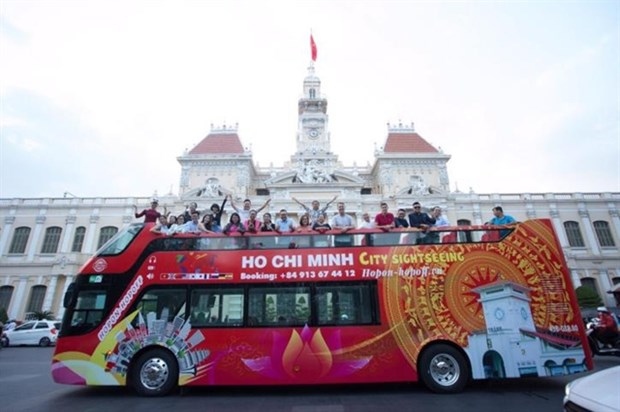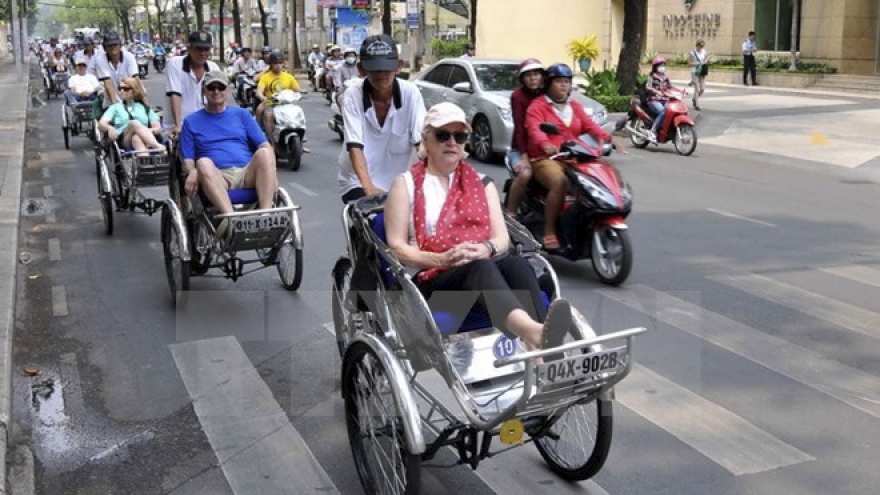HCM City targets domestic market for tourism recovery
The Ho Chi Minh City tourism sector this year plans to focus on digitalisation of the industry and promotion of domestic tourism amid a downturn in tourism because of the COVID-19 pandemic.

The department is stepping up digitalisation in tourism to propel the travel experience, said Bui Thi Ngoc Hieu, Deputy Director of the city's Tourism Department.
The sector will continue its efforts to boost domestic tourism as the main factor driving the recovery of the tourism industry, Hieu said at a conference on tourism development held in HCM City this week.
The tourism communication and stimulus campaign, ‘Hello Ho Chi Minh City,’ has been implemented to promote the city as a safe, vibrant and friendly destination.
Tourism cooperation and linkages between HCM City and the Northeast, Northwest and the Central regions will also serve to boost domestic travel, she said.
The city aims to receive 33.5 million domestic visitors this year if COVID-19 remains under control in the country.
The department has developed three scenarios for international tourism arrivals depending on the duration of the COVID-19 crisis.
In the first scenario, the city would receive 8.6 million international tourist arrivals this year if the pandemic is under control globally and Vietnam reopens all international flight routes in the beginning of the year.
In the second scenario, if Vietnam opens some international flights to “safe” countries in the beginning of the year, international tourist arrivals to the city would reach 6 million.
In the third scenario, international tourist arrivals to the city would be zero if international travel restrictions are in place throughout the year due to the ongoing pandemic.
Last year, the number of international tourist arrivals to HCM City was 1.3 million, down 85% year-on-year, while the number of domestic travellers to the city was 15.8 million, a decrease of 51% year-on-year.
Total tourism revenue was estimated at VND84.5 trillion (US$3.66 billion), down 39.6% compared to 2019.


